October 2023 Collision Report
Ultra-Poly, one of America’s largest plastics recyclers, has announced a first-of-its kind bumper recycling program, that involves the collection and reprocessing of damaged automotive bumpers into a new raw material. Ultra-Poly collaborated with Tier 1 automotive supplier Autoneum North America, Inc. to develop a product that uses the recycled bumper material as a rigid backing substrate for a fibrous layer creating a composite used in vibration and noise attenuation in a chassis component. Dan Moler, Autoneum North America Vice President of Product Development and Engineering, added, “With the increasing challenge of OEMs to require more and more recycled content, this product delivers on that challenge, enabling us to become more sustainable as a company by reducing our carbon footprint and engineering a product from the ground up with end of life recycling in mind to ultimately reach the end goal of a circular economy. Everyone benefits — body shops, recyclers, automotive part manufacturers, OEMs, and most importantly, the environment.”
ADAS continues to become more prevalent, some automakers are saying an approved paint line needs to be used, because some paint products can affect the way blind spot monitors work behind a bumper. Nissan North America, for example, put out just this type of requirement for its ARIYA model. Similarly, Toyota put out a bulletin (CRIB #201) noting select 2023 Toyota and Lexus models use 77 Gigahertz (GHz) radar sensors, which require special refinish precautions that may mean the bumper cover cannot even be repainted. So researching OEM repair procedures from a paint perspective is becoming very, very critical.
Autumn is the Most Dangerous Season for Auto Accident Damage. Although many might assume winter is the most accident-prone season, more than 72% of U.S. drivers—roughly 170 million—live in states where autumn is the peak season for accident damage, CARFAX said in a news release. Why does autumn have so many accidents? Experts call out these reasons:
• Diminishing daylight: Fall means shorter days, and that means more driving in the dark, when drivers are twice as likely to have an accident as in daylight. Half of U.S. accidents happen in the dark, but those hours account for only 25% of travel.
• Slick surfaces: Wet leaves brought down by storms can be as slippery as ice. Braking on wet leaves can make a car travel more than twice as far as braking on a dry road.
• Deer danger: Nearly half of deer crashes nationwide happen in just those three months. In addition, one study notes that deer-car collisions spike 16% in the week after the end of Daylight Saving Time in November because of the jump to an earlier sunset




